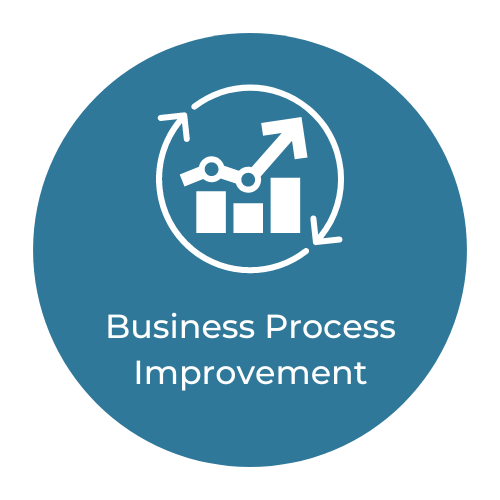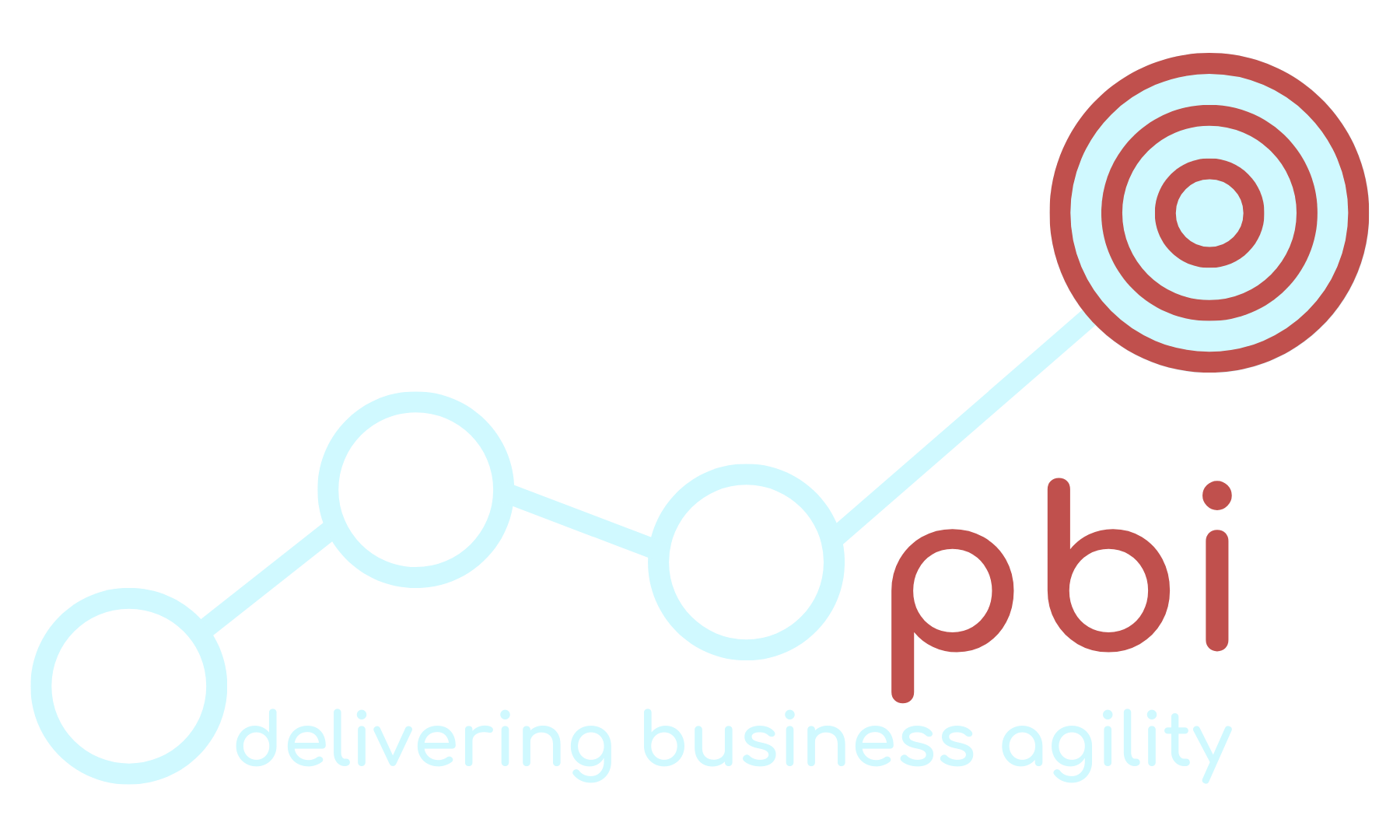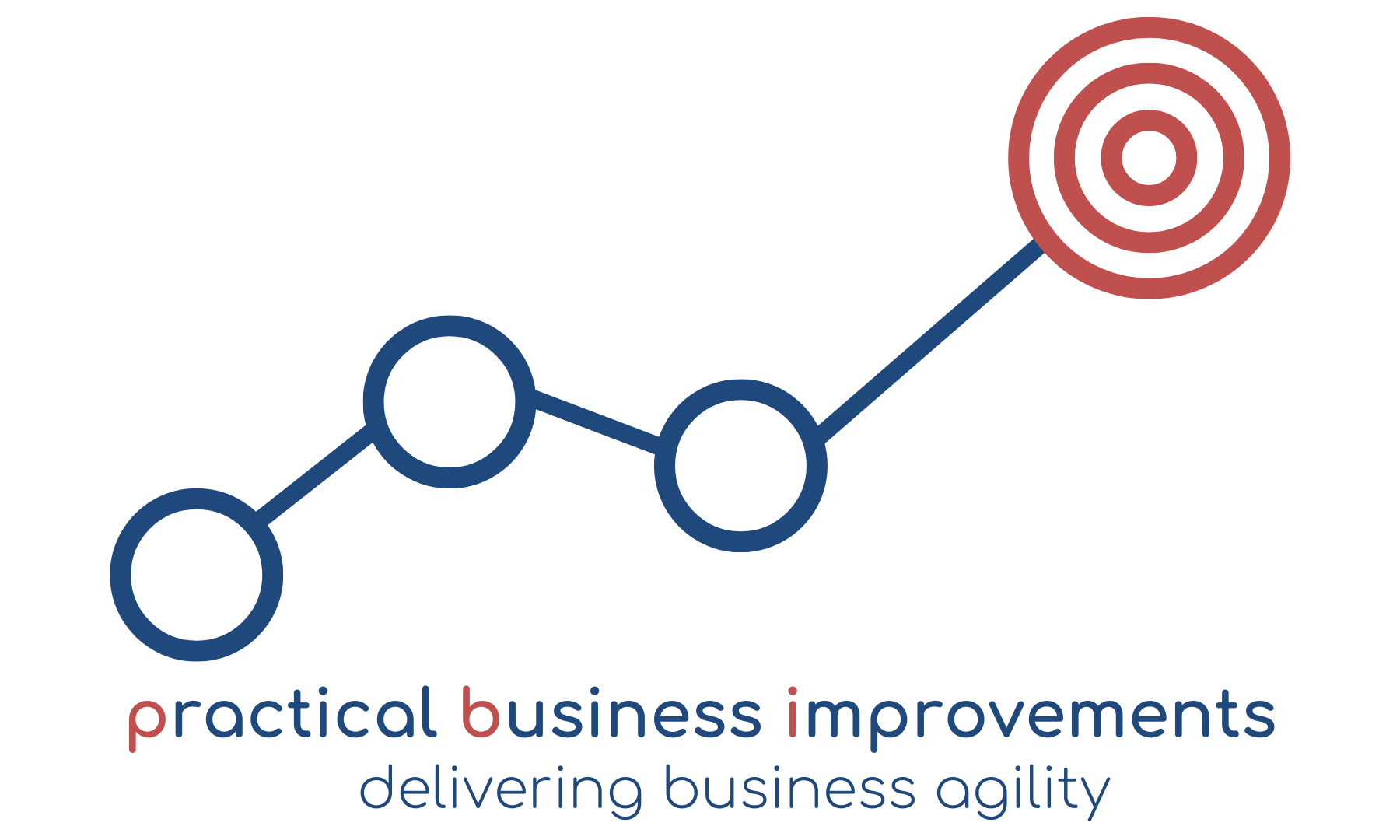The Hidden Cost of Waste in Manufacturing and What to do About It

The hidden costy of waste in manufacturing
- and what to do about it
In many manufacturing environments, waste is everywhere, hiding in plain sight. It’s not always dramatic or obvious, but it shows up in the form of excess product giveaway, idle machines, unbalanced lines, and missed communication between departments.
Through our work with FMCG businesses, we’ve seen just how common and recurring these inefficiencies are. And while they might feel like part of the process, they don’t need to be.

Spotting the Patterns
Since PBI’s fruition, we’ve supported large FMCG manufacturing businesses across wide-ranging improvement programmes, spanning production, planning, procurement, and beyond. The findings? Consistent patterns of waste that many operations teams would likely recognise.
On the factory floor, excessive product giveaway is a frequent issue. Targets are often outdated and not broken down by product type, making it difficult for teams to pinpoint where problems lie. Production teams are asked to reduce waste without the tools or visibility to understand the impact. This reflects a classic example of Defects, one of the eight common wastes in Lean, where inadequate controls or ageing equipment lead to unnecessary loss.
Elsewhere, inconsistent run rates and underperforming machinery typically lead to reactive planning and frequent downtime. In some cases, lines will run simply because the product is available, rather than because it makes operational sense. These are common cases of Overproduction and Waiting, where poor coordination between planning and production creates avoidable inefficiencies.
But waste isn’t just limited to the factory floor.
In planning functions, overly manual scheduling processes often depend on the knowledge of one or two individuals. Teams rely on spreadsheets and disconnected systems, which results in extra steps, delays, and a lack of visibility across departments. This kind of Over-processing is easy to overlook but has a significant impact on agility and consistency.
Across procurement and master data processes, delays in updating systems often mean incorrect pack sizes or material codes are used. The result is rework, material movements, and lost time — all classic symptoms of Motion, Transport, and ultimately, lost value.
The takeaway? Waste isn’t always physical. More often, it’s structural, baked into the systems and habits people work within every day.

What Actually Makes the Difference
From our experience, real progress comes when businesses focus on three key shifts:
- Data-driven decision making, ensuring teams act on facts, not assumptions.
- Ownership and coordination, so that departments align on priorities and impact.
- Standardising core processes, particularly in planning, materials management, and line scheduling.
We’ve seen this work through visual management, campaign rooms, structured daily routines, and targeted coaching. The result isn’t just operational — it often sparks a cultural shift too.

This mock-up was created as part of a visual roadmap to help the Production Team imagine a centralised, automated dashboard (likely Power BI), that pulls data from multiple sources and provides a real-time, one-stop view of performance, waste, labour, and yield across the operation.
Waste is a Symptom, Not the Disease
Waste isn’t just a cost. It’s a signal that something isn’t working as well as it could.
The real opportunity lies in listening to what it’s telling you and acting on it.
Real Results, Not Just Theory
Everything shared above isn’t just theory. It is grounded in practical work that delivers tangible results for manufacturers.
When waste is tackled methodically, and teams are empowered with the right data, systems, and routines, the impact can be transformational.
Here are just a few recent examples from our work with FMCG manufacturing businesses:
- Focusing on the top 50 products with the highest giveaway increased yield by £877,000 per year, now fully visible and tracked across all factories.
- On the highest-volume line, rework and double handling were reduced by 71% through an engineering fix identified via improved data visibility.
- Introducing a simpler, standardised data collection process improved accuracy, enabling leadership to target waste more confidently. This has laid the foundation for reducing waste by 50% and achieving 95%+ data accuracy.
- By shifting how data is gathered, analysed, and shared, operational leaders now make better decisions with greater confidence. Product-level giveaway data is now visible, trusted, and acted upon — for every product and every factory.

